Drinking tea and chatting is the perfect time to show off. Some people can effortlessly shift from discussing how Wang Jianlin invested his 'small goal' of 100 million yuan to the number of gold edges on Queen Elizabeth's teacup...
It’s as if they were the worms in the billionaire’s stomach or the kitchen help in the Queen’s household, haha! But before we get sidetracked, even the basic tea knowledge at the tea table can stump you...

Come on, let’s dig deep and compile the coolest tea facts you need to know, just in case.
NO.1
Is 'Black' Red or Black?
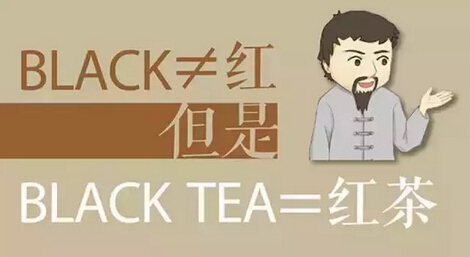
As we all know, 'Black' means 'black,' but surprisingly, the English translation for 'black tea' is 'Black tea.'
So, the question arises: Is my English not good enough, or do foreigners not understand tea? Actually, it’s like this: black tea and green tea were among the first teas exported to Europe. At the time, black tea varieties had a darker appearance, so foreigners naturally called it 'Black tea' based on its looks.
But then another question arises! China is vast and abundant. If black tea is called 'Black tea,' then what about dark tea?
NO.2
Black Tea or Oolong Tea? Hard to Tell!
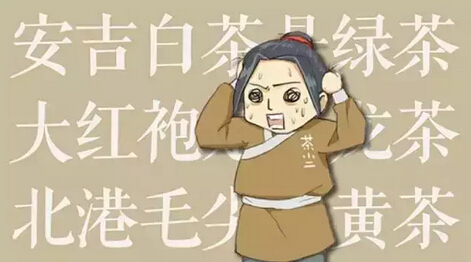
The name 'Da Hong Pao' sounds very red and black-tea-like, but it’s actually an oolong tea. Similarly, 'Anji white tea' is incredibly misleading—remember: Anji white tea is green tea, Anji white tea is green tea, Anji white tea is green tea. Important things must be said three times.
The term 'Maojian tea' can also be confusing. Maojian refers to the shape of the tea leaves, and there are many types of Maojian tea, such as Xinyang Maojian. Tea drinkers often mistake Maojian for green tea, but that’s not always the case. For example, 'Beigang Maojian' and 'Weishan Maojian' have a strong green tea flavor but are actually yellow tea!
Another example is 'Oriental Beauty' tea, a master of disguise. Don’t judge by its name—go by taste! It’s heavily fermented, with a flavor profile closer to black tea, but it’s unmistakably oolong tea.
NO.3
The Cloudier the Black Tea, the Better?!
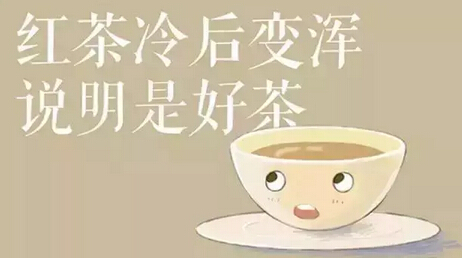
If you pay attention, you’ll notice that black tea often turns cloudy when it cools down. This isn’t some mystical phenomenon.
Let’s get scientific—it’s a complex formed by tea polyphenols and their oxidation products TF and TR with caffeine, which is chemically stable. At high temperatures (close to 100°C), they exist in a free state, dissolved in hot water. But as the temperature drops, they bond through hydrogen bonds between hydroxyl and ketone groups, forming a complex and turning the tea cloudy.
This is called 'tea cream' or 'cold turbidity' in black tea, related to its freshness and intensity. Higher-grade black teas with better freshness are more likely to exhibit this phenomenon.
NO.4
The 'Golden Flowers' Are Actually Fungi
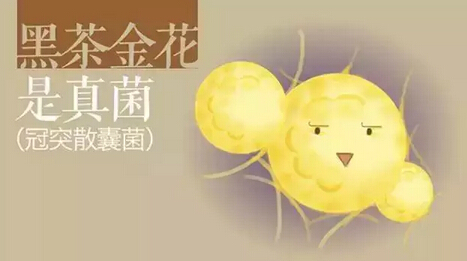
Usually, only beautiful things are called 'golden flowers,' and the golden flowers in dark tea are no exception. Under a microscope, they look like tiny golden blossoms, shining even brighter against the dark tea leaves.
Tea enthusiasts already know this, but beginners might wonder: What are these 'golden flowers'? They’re actually a type of fungus called Eurotium cristatum. Because they look like flowers, they’re also called 'golden flower fungus.'
Besides altering the tea’s aroma, 'golden flower fungus' has unique health benefits, making it highly prized by tea connoisseurs.
NO.5
Good Tea, Like Good Jokes, Has Stems!
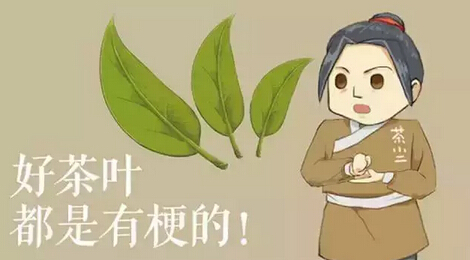
Beginner tea drinkers usually can’t stand seeing stems in their tea. Green tea indeed has few stems because it’s picked when young and tender.
But for oolong tea, Pu-erh tea, and dark tea, mature leaves are required during picking, so stems are perfectly normal. In fact, good tea should have stems—they’re essential for both pressing and flavor.
Believe it or not, the stems are there. Moreover, national standards specify the allowable stem content in dark tea. For example, Fu brick tea must contain 15% to 18% stems.
NO.6
Not All 'Yellow Leaves' Are Trash! (Not That Kind of Yellow)

In the tea world, 'yellow leaves' are often frowned upon. They’re either leftover material from high-grade tea or old leaves tea farmers use to make a simple brew for themselves, just to add some flavor to water.
Just to add flavor? That’s the ultimate disrespect to tea! But since the process of making yellow leaves meets standards, you can still brew them occasionally if you’re feeling frugal.
Yellow leaves lack depth in flavor and lose some aroma, but they’re noticeably sweeter. If you prefer sweeter tea, give them a try!
NO.7
Tea Foam Can Help You Lose Weight?!

When brewing tea, abundant and clean foam indicates high-quality tea, rich in beneficial compounds. However, it could also be caused by impurities, so choose quality tea!
The foam is mainly due to tea saponins, which inhibit pancreatic lipase activity. By blocking this enzyme, tea saponins reduce fat absorption in the intestines, aiding weight loss.
NO.8
Press Tea Leaves on Your Face to Fight Acne!

Tea has anti-inflammatory properties, and many skincare products use tea extracts to combat acne. But first, check if you’re allergic!
If you’re not allergic, used tea leaves can be repurposed! Press a few spent leaves on acne-prone areas to help reduce breakouts. Results may vary, but it’s worth a try.
Choose soft, elastic leaves for better results. Now that you know tea leaves can multitask, you’ll love tea even more!
That’s all for today. Remember these tips, and you’ll never be stumped at the tea table again. Tea-loving ladies, you’re welcome!